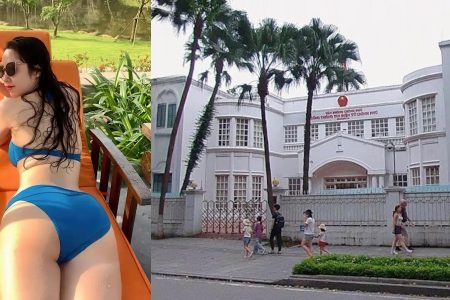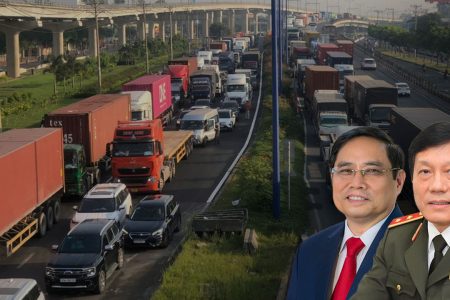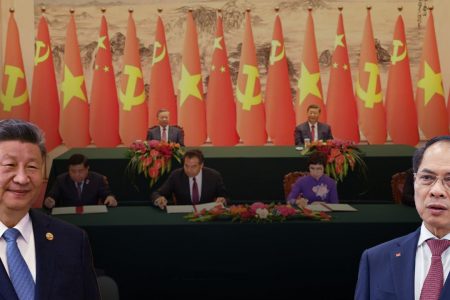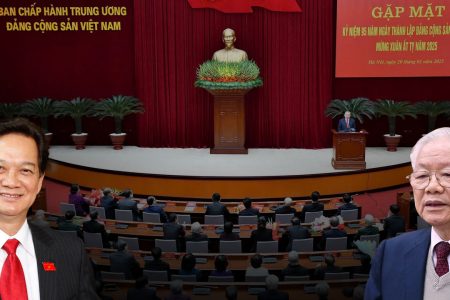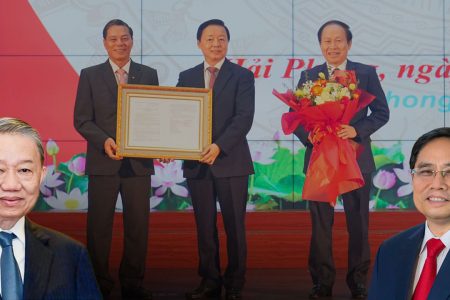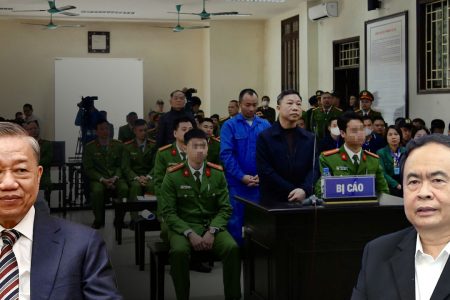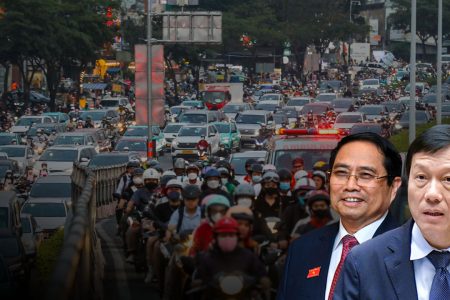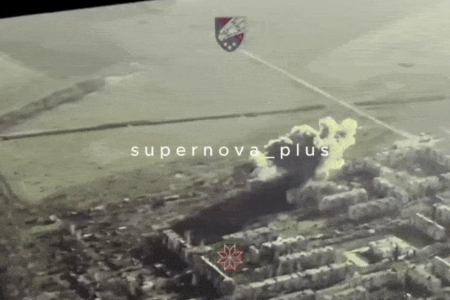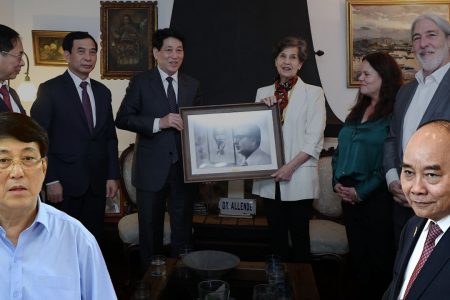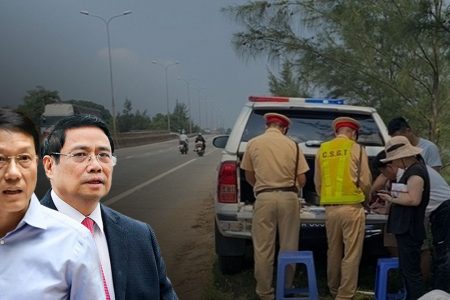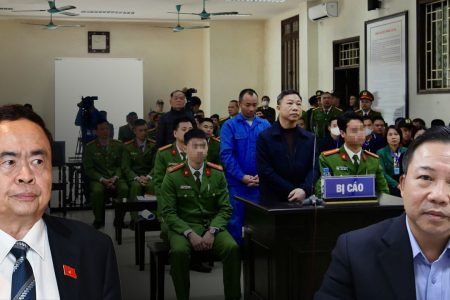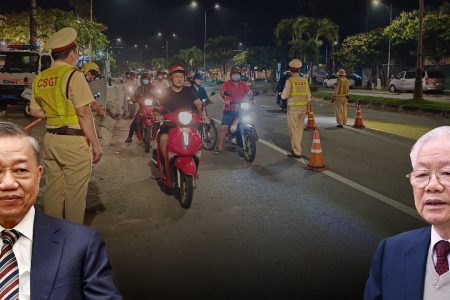A large fire occurred on Khuong Ha Street, Thanh Xuan District, Hanoi, on the night of September 12, burning a 9-storey mini apartment building and killing 56 people and dozens of others injured. Many families have all members killed by the fire.
Although immediately afterward, on the morning of September 13, the Department of Fire Prevention, Fighting and Rescue (C07) of the Ministry of Public Security, reiterated recommendations on fire prevention and fighting measures, but perhaps, just making general recommendations will certainly not be effective.
National Assembly delegate Nguyen Thi Thanh recently said that “… authorities have issued many policies and measures on fire and explosion prevention, but the results are not adequate. Even public opinion believes that the more we direct and suggest solutions, the more and bigger the fires become…”.
Meanwhile, on social networks there are many opinions saying that the current fire prevention and fighting work still has many problems, even though the Fire Prevention and Fighting force, under the Ministry of Public Security, has been approved. The state “favors” it so much that it built a separate “Fire Prevention and Fighting” monument in the center of Hanoi capital.
Regarding the fire of a 9-storey mini apartment building in Khuong Ha, Thanh Xuan, an opinion was evaluated as very valid, saying, “Strange for a nation that only likes monuments?! For 1 less, you can buy 10 more helicopter for firefighting or rescue, medical treatment for people. Saves many lives.”
This is not a new problem. It is known that Tuoi Tre newspaper on May 29, 2013 had an article with the title: “Hanoi buys firefighting helicopters.” Accordingly, “On May 28, 2013, the National Assembly discussed in groups the draft Law amending and supplementing a number of articles of the Law on Fire Prevention and Fighting. In response to concerns about high-rise buildings in Hanoi, in the event of a fire, Hanoi Party Secretary Pham Quang Nghi said that Hanoi currently has special firefighting vehicles that can reaching up to 39-storey buildings. Hanoi has also proposed purchasing helicopters to serve fire prevention and fighting work.”
However, this statement was just a statement, then quickly fell into oblivion, no one mentioned it anymore. Because perhaps the problem is “first, where is the money”?
The problem is, why doesn’t the state reduce projects for monuments and welcome gates in localities across the country, saving that budget for social security issues, such as buying firefighting helicopters? Urgent problem. At a time when most Vietnamese people are worried about not having enough food, where do they have the energy to look at the monument?
Agree that building a monument is just a trick of local leaders to get “commissions” of 30 – 40% of the value of the project. So it has a tremendous appeal. Typically in Thanh Hoa province, monument construction projects have become a strategy to “enrich leaders.” On February 21, Thanh Hoa started construction of a memorial park for “64 teachers and students who died protecting the Ma River dyke in 1972″ worth more than VND125 billion ($5.4 million).
Previously, in August 2022, Thanh Hoa started construction of the monument “Memorial area for Southern compatriots, officers, soldiers and students gathering to the North”, with a value of VND255 billion, etc.
Or Dak Nong province, a poor province in the Central Highlands, the entire province has a poverty rate of nearly 28%, the number of households not having enough to eat is still very high. Yet, Dak Nong recently announced the inauguration of the monument to hero N’Trang Long, with a total investment cost of VND167 billion.
Why are provinces that are considered “still poor” and have to “ask for rice donation to relieve hunger” for their people every Tet holiday, but can invest tens to hundreds of billions of dong in building monuments. And by spending billions to build monuments, what do poor people get?
Obviously, that is extremely wasteful, useless and impractical. People cannot look at the monument and feel warm and full. So why don’t localities spend those budget resources to take care of more practical things, such as investing in infrastructure, investing in hospitals, schools or poverty reduction.
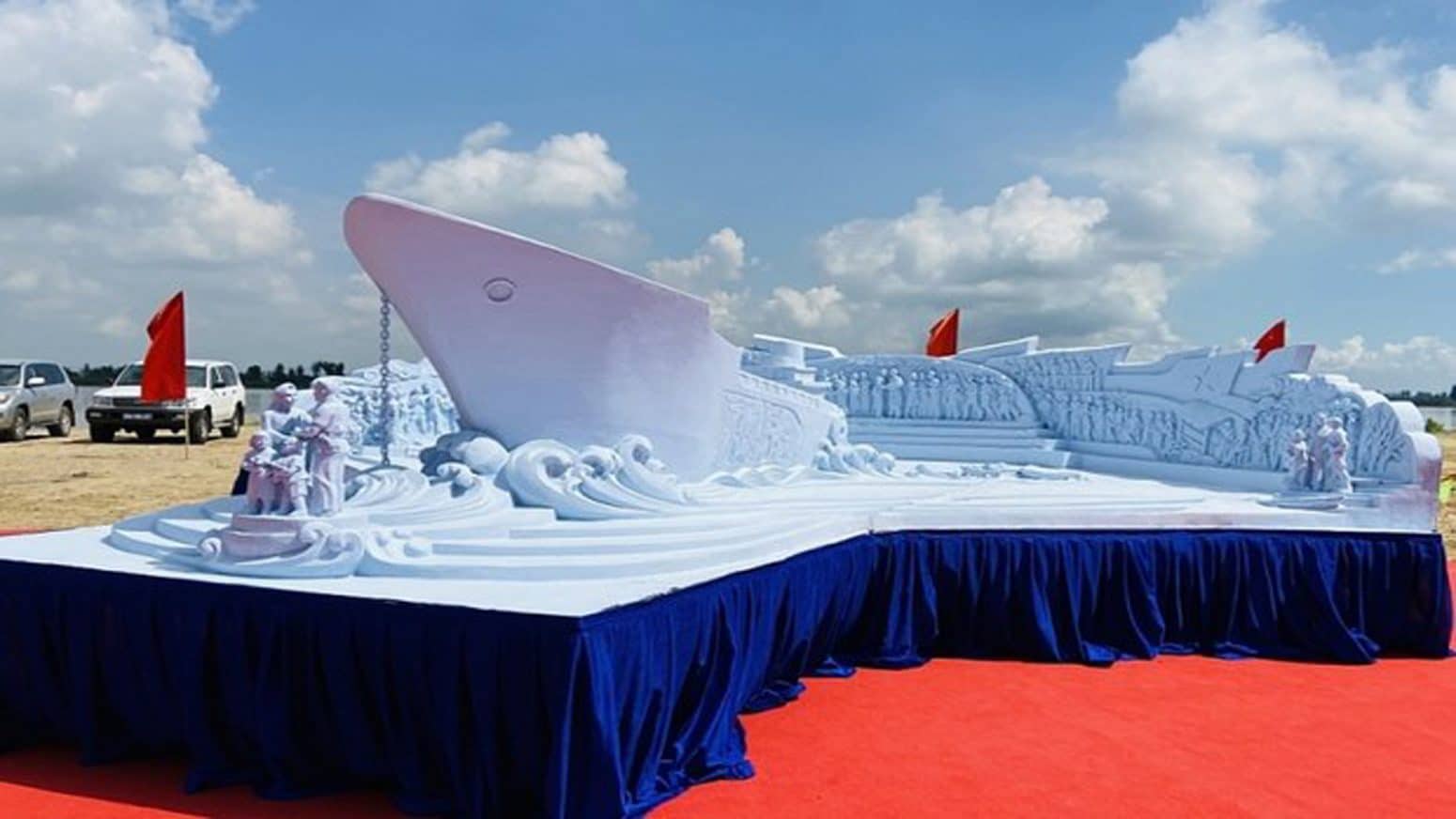
The policy of building a monument is purely to serve the propaganda of the Communist Party of Vietnam. On the other hand, officials also get a fair amount of “commission.” It is the driving force for officials to think of ways to spend budget money, in all kinds of ways, to enjoy “commissions” from the project.
The construction of monuments is very susceptible to corruption. Not only do they earn about 30 – 40% of the total construction cost like other projects, but in monument construction projects the commission can be up to 60-70% of the total investment. The bigger monument, the greater the capital investment, the faster it deteriorates and deteriorates. That is why local leaders in Vietnam are very “passionate” about building monuments and welcome gates./.
Tra My – Thoibao.de



